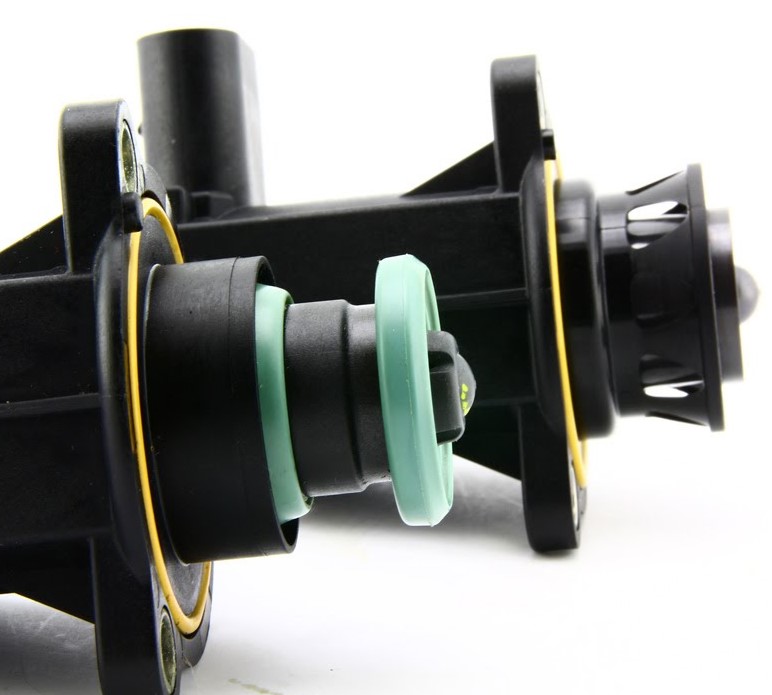Disclaimer
We may earn a commission when you use one of our coupons/links to make a purchase at no extra cost to you. Please support the site by using the links.
I have been enjoying my Golf 5 GTI but suddenly the car started feeling weak. It was almost like the car didn’t boost. You could hear the turbo is doing something but the power wasn’t there. I did not get any warning lights that there is something wrong. Am I just used to the car now or is there actually something wrong?
It was time to get the car serviced so I made a booking at a VW dealer. I told them that the car feels underpowered. I was just scared that they come out with a list of issues that needs to be fixed and that the car is going to cost me a lot of money to fix. Later that day the VW dealer phoned me and said it wasn’t my imagination. The car still had an old spec revision C diverter valve that worked with a diaphragm.
When they saw that is was still a revision C diverter valve they knew what the issue was. The diaphragm had a tear in it, The chamber behind the popper is sealed off with the diaphragm and the poppet has 4 small holes in it. As the boost builds up the boost goes through the poppet to the back op the poppet and forces the poppet closed.

The more boost the more force there is behind the poppet. From a functional point of view, this is a really good diverter valve. It does not have any place it could leak off boost. With this valve, the car should be very responsive. The downside is they do not like heat or high boost. If you have upgraded software on your car they will fail. It is not the case of if but when.
So what is the fix?
VW fitted a new release Revision D diverter valve. This was a piston-type valve and did not have any diaphragm that could tear. They said this was the fix for the failing Revision C diverter valve. I got the car back from VW and the car was running well. The car did feel as if the turbo wasn’t spooling as quickly as it used to, but this could just be my imagination.
After a few weeks of driving it started to bother me, the car is just not that responsive. I jacked the car up and took the diverter valve out to inspect. This is now the first time that I see the Revision D diverter valve. On the KO3 turbos, the diverter valve is located on the turbo. They must have done this to make the package more compact.

As a test, I blew on the front face of the piston with my mouth. I felt the air blowback onto my face. The seal on the piston was leaking. After increasing the amount I blow by quickly the seal started sealing. Doing a slow increase again after that the seal was leaking again. I took the valve apart and found that it had a plastic seal that is supposed to seal on the piston. This was a really crap design. The second problem I had with this valve was it did not have a positive seal for the piston. What I mean with that is the piston did not have a rubber or silicone seal. The piston had a hard lip that needs to seal against the aluminum.
What to do?
I have never in my life seen such a bad design. The heat of the turbo could not be good for this valve design. This is when I found out that on the KO4 cars the diverter valve sat on the front of the engine away from all the heat. I started doing some research and found the part numbers for the housing for the diverter valve and the connection rubber pipe with all the clamps. The next day I ordered all the parts including a new Revision D diverter valve. I also had to order a Neuspeed throttle pipe with the outlet section for the diverter valve.

All I need now was to black the port on the turbo in some way. I designed a plug for the diverter valve port on the turbo and got my friend to CNC it for me at work.

Now I had everything I needed to do the diverter valve relocate. All I had to do is to extend the wires from the back of the engine to the front for the electrical connection. After everything was fitted I took the car for a drive. The car felt responsive and I was happy.
The question now was “What was next?”, I wanted more out of the car!


